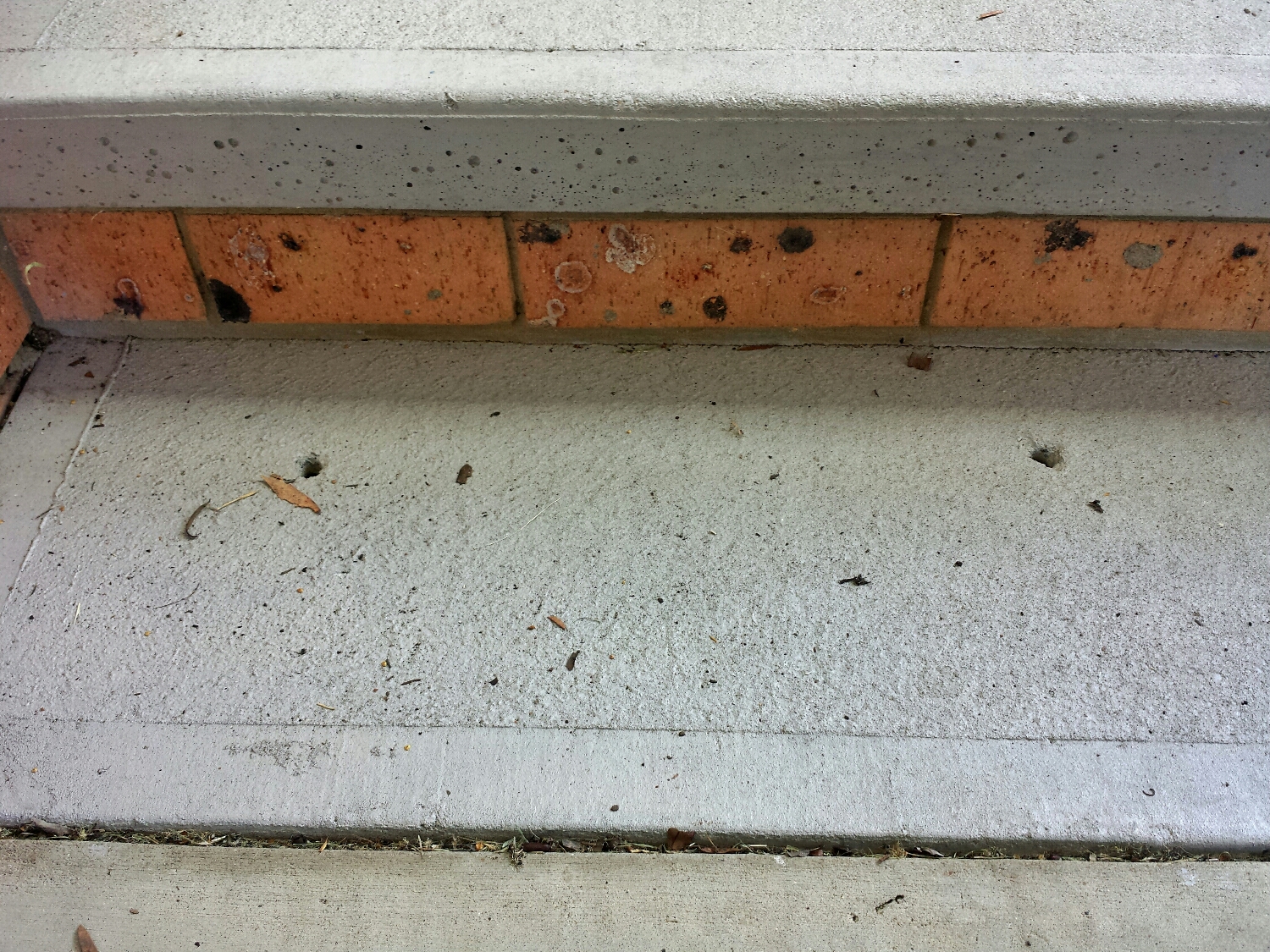Wildlife photographer Jeff Cremer set up a camera trap in the Peruvian Amazon, after returning what did he find? Termites had infested his camera setup and had done some significant damage to the camera, which, by the way is not wooden!
Before you dismiss his post, we'd like to highlight that the genus of Termite was Nasutitermes, a common genus in the Central coast, Newcastle and Lake Macquarie regions we service. We often find them around homes during our inspections, and have done many eradications in homes infested with this genus of termite.
So, even if your home is made of steel, and you don't have a termite management system in place, imagine what these termites could do to your camera, or computer, or Tv, bookcase etc.?
http://petapixel.com/2015/09/17/termites-ruined-this-photographers-jungle-camera-trap-dslr/
Termites infested this camera. Photo Copywright Jeff Cremer.
Nasutitermes in the shutter/mirror mechanism of the DSLR. Photos Copywright Jeff Cremer.
A sad sight for any photography lover. Termites all over the lens, effectively destroying the optics!
The termites completely destroyed the camera, fortunately he was able to recover data from the memory card.
Extreme Termites!















